Google ADWords
“Decoding Success: A Comprehensive Guide to Google AdWords”
Introduction:
In the ever-evolving landscape of digital marketing, Google AdWords stands as a powerhouse, offering businesses a strategic tool to amplify their online presence. This comprehensive guide aims to unravel the intricacies of Google AdWords, exploring its functionalities, benefits, and how businesses can harness its potential for optimal results.
Understanding Google AdWords:
Google AdWords, now rebranded as Google Ads, is a pay-per-click (PPC) advertising platform that enables businesses to display their ads on Google’s search engine results and partner websites. This advertising solution operates on a bid system, allowing businesses to bid on specific keywords relevant to their products or services.
Key Components of Google Ads:
Keywords and Targeting:
- Identifying relevant keywords is at the core of a successful Google Ads campaign. Businesses can target specific keywords related to their offerings, ensuring their ads appear when users search for those terms.
Ad Formats:
- Google Ads supports various ad formats, including text ads, display ads, video ads, and app promotion ads. Crafting compelling ad copy and visuals is crucial for grabbing user attention.
Campaigns and Ad Groups:
- Structuring campaigns and ad groups effectively ensures targeted delivery of ads. Ad groups contain a set of related keywords and ads, allowing for better organization and optimization.
Bidding Strategies:
- Google Ads provides diverse bidding options, including manual bidding, automated bidding, and enhanced cost-per-click (ECPC). Understanding the nuances of each strategy is vital for budget management and campaign success.
Benefits of Google Ads:
Instant Visibility:
- Google Ads provides instant visibility on search engine results pages (SERPs), ensuring your brand is prominently displayed to users actively searching for your products or services.
Targeted Advertising:
- Precise targeting options allow businesses to reach specific demographics, locations, and device users, ensuring ads are displayed to the most relevant audience.
Measurable ROI:
- Google Ads offers robust analytics, allowing businesses to track and measure the performance of their campaigns. This data-driven approach facilitates real-time adjustments for optimal ROI.
Flexible Budgeting:
- Google Ads accommodates various budget sizes, making it accessible for businesses of all scales. Flexible bidding options ensure efficient use of advertising spend.
Optimizing Google Ads Campaigns:
Keyword Research and Selection:
- Continuous refinement of keywords based on performance data is key to staying competitive in the auction and reaching the right audience.
Compelling Ad Copy:
- Crafting persuasive ad copy that aligns with user intent increases click-through rates (CTR) and contributes to a higher Quality Score, impacting ad rank and cost-per-click (CPC).
Landing Page Optimization:
- A seamless user experience from ad click to landing page is crucial. Optimizing landing pages for relevance and user-friendliness enhances the likelihood of conversions.
Conclusion:
In the digital age, Google Ads emerges as a formidable tool for businesses seeking effective and targeted online advertising. Success lies not just in leveraging its functionalities but in adopting a strategic and data-driven approach. As businesses navigate the realm of Google Ads, understanding its nuances becomes pivotal for unlocking its full potential and achieving digital marketing success.


